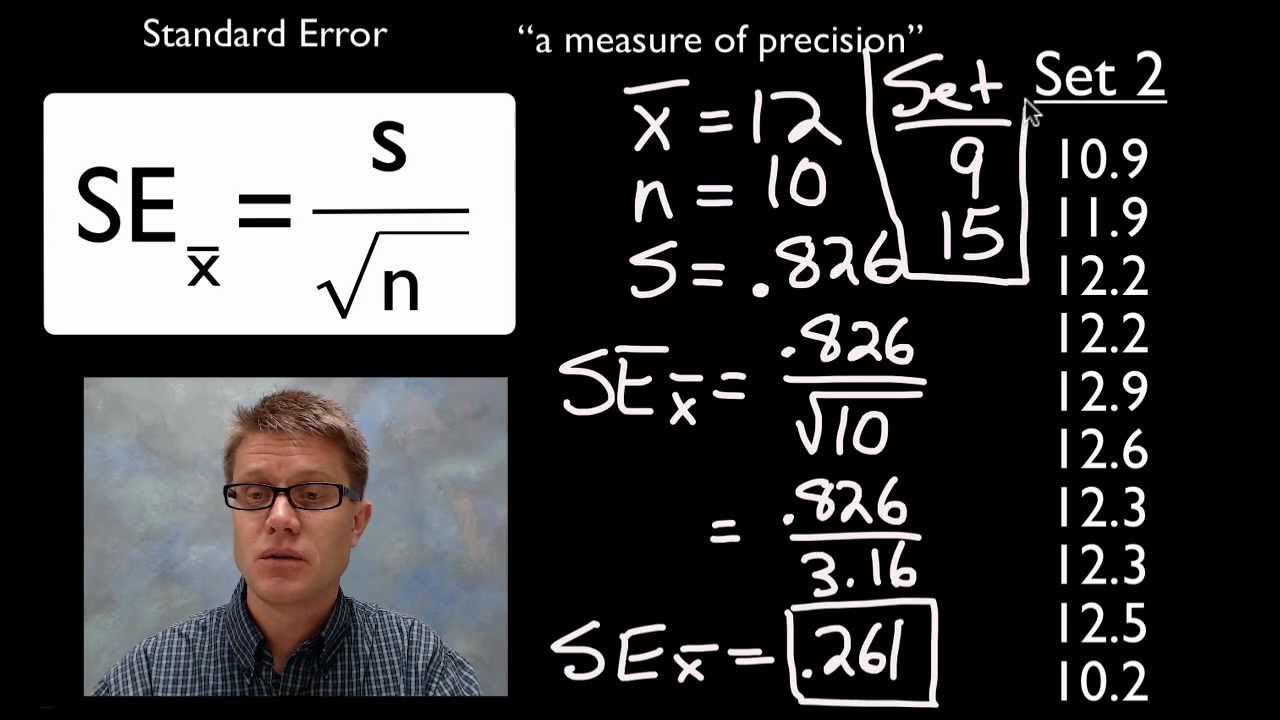Sample size using Cochran's formula
Summary
TLDRIn this video, the presenter demonstrates how to calculate sample size using Cochran's formula, emphasizing its relevance in research. The formula accounts for both known and unknown populations, utilizing parameters such as Z-score, estimated proportion, and margin of error. Through practical examples, including studying students waking up early in El Nido del Norte, the presenter simplifies the calculations step-by-step, ultimately determining necessary sample sizes of 9220 and 2305 for different scenarios. This tutorial is a valuable resource for anyone looking to understand sample size determination in research.
Takeaways
- 😀 Cochran's formula is used to determine sample size in research, applicable for known and unknown populations.
- 😀 The formula helps calculate the desired sample size using population proportions and margin of error.
- 😀 The formula is represented as n₀ = z² * p * q / e², where n₀ is the sample size, z is the z-score, p is the estimated proportion, q is 1 - p, and e is the margin of error.
- 😀 A z-score of 1.96 corresponds to a 95% confidence level.
- 😀 For an estimated population proportion (p) of 0.4 and a margin of error (e) of 0.01, the sample size is calculated to be 9220.
- 😀 If the margin of error is adjusted to 0.02, the sample size required decreases to 2305.
- 😀 The calculations involve squaring the z-score and multiplying the population proportions together before dividing by the squared margin of error.
- 😀 The examples provided illustrate the application of Cochran's formula in real-world scenarios.
- 😀 Understanding the underlying statistics is crucial for accurate sample size determination.
- 😀 The video emphasizes the importance of sample size in achieving reliable research outcomes.
Q & A
What is Cochran's formula used for?
-Cochran's formula is used to determine the appropriate sample size for research, applicable in situations with known or unknown population sizes.
What parameters are needed to use Cochran's formula?
-The parameters needed are the Z-score (confidence level), the estimated proportion of the population (p), the complement of the proportion (q), and the margin of error (e).
How does Cochran's formula differ from Slovin's formula?
-Cochran's formula can be used when the population size is unknown, whereas Slovin's formula is typically applied when the population size is known.
What does the Z-score represent in Cochran's formula?
-The Z-score represents the number of standard deviations a data point is from the mean, based on the desired confidence level. For a 95% confidence level, the Z-value is 1.96.
In the first example, what was the estimated proportion of students waking up early?
-The estimated proportion (p) of students waking up early was set at 0.4.
How is the complement of the estimated proportion (q) calculated?
-The complement (q) is calculated as 1 minus the estimated proportion (p). In this case, q was 0.6, derived from 1 - 0.4.
What was the margin of error (e) used in the first example?
-The margin of error (e) used in the first example was 0.01.
What is the significance of the sample size calculated in the examples?
-The calculated sample size indicates how many respondents are needed to ensure the research findings are statistically valid, in this case, 9220 and 2305 for the respective examples.
What is the outcome when a larger margin of error is used?
-Using a larger margin of error typically results in a smaller required sample size, as the precision of the estimates decreases.
Why is it important to calculate sample size in research?
-Calculating sample size is crucial in research to ensure the results are reliable, representative, and can be generalized to the broader population.
Outlines

This section is available to paid users only. Please upgrade to access this part.
Upgrade NowMindmap

This section is available to paid users only. Please upgrade to access this part.
Upgrade NowKeywords

This section is available to paid users only. Please upgrade to access this part.
Upgrade NowHighlights

This section is available to paid users only. Please upgrade to access this part.
Upgrade NowTranscripts

This section is available to paid users only. Please upgrade to access this part.
Upgrade NowBrowse More Related Video
5.0 / 5 (0 votes)





